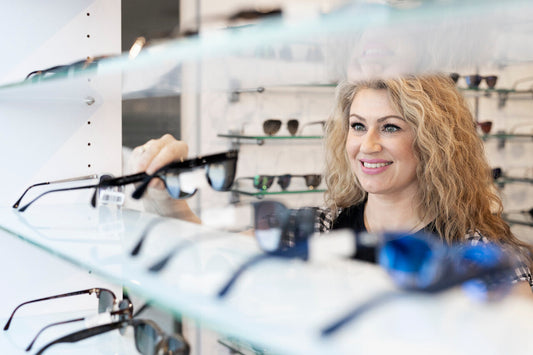With the Canada Games running throughout August, all eyes are on the more than 2,000 athletes competing in everything from basketball to archery. Watching the competitions, there’s no doubt it takes years and years of training to achieve the level of skill required to be a competitive athlete, but there’s even more to it than meets the eye.
We spoke with Dr. Sheila LaPlante and Dr. Kevin Loopeker, who both specialize in vision sport testing and training, to learn about what goes into examining the eyes of athletes and training eyesight for optimized performance. Plus, they shared tips on how non-professional athletes can improve their vision for sports using simple eye exercises. (And no, TV marathons are not a sport.)
Eye Exams and Protocols for Athletes
The eye exam for professional athletes may start with a basic eye exam, but where it ends is entirely different. Dr. Sheila LaPlante, whose particular interest is sports vision training for the prevention of concussions, notes that the first step in treating athletes is ensuring the perfect vision, and then it shifts to vision training, and as Dr. LaPlante points out, it’s a highly personalized process, “It’s different for every athlete and different for every sport. Once you see what the challenges are, you can start doing vision therapy.”
Dr. Kevin Loopeker, who specializes in sports vision at a multidisciplinary sports medicine site, added that a regular eye exam is static: you’re sitting in a chair, reading a static chart, and being tested for visual clarity. Athletes, they’re testing and optimizing so much more than just eyesight. As Dr. Loopeker explains, an athlete's eye exam encompasses “contrast sensitivity” (which is one’s ability to spot and track objects against all types of backgrounds–if you think of tennis, a huge skill in that sport is contrast sensitivity), coordination of the eyes, depth perception not only at a distance but also at near. We look at the body moving through space, too. So a lot of our tests are done standing up and moving and involving balance and eye-hand coordination.”





